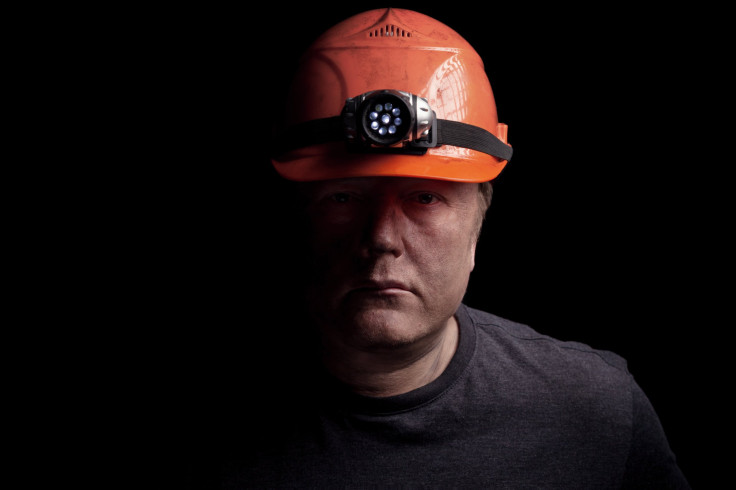A Black Lung Breakthrough: For First Time In Decades, Government Aims To Curb Major Coal Dust Exposure

The U.S. Labor Department has issued new regulations to eliminate black lung disease among miners for the first time since the 1980s. They are the first significant revisions to coal dust laws in several decades and aim to ensure the amount of coal dust a miner is exposed to during one shift is reduced by 25 percent.
The new rules, announced at a news conference at the National Institute of Occupational Safety and Health Morgantown facility, were met with resistance and criticism from various industry groups who believe the changes are too broad. Despite criticism, labor officials remain positive about the outcome. “I believe we can have both healthy miners and a thriving coal industry,” Labor Secretary Thomas Perez said, according to The Wall Street Journal.
Permissible levels of coal dust will now be lowered from 2.0 to 1.5 milligrams per cubic meter in order to reduce miners’ exposures.
Black lung disease, or coal workers’ pneumoconiosis (CWP), develops by inhaling large amounts of coal dust over the period of months or years. It leads to severe chronic coughing and shortness of breath and has killed nearly 76,000 miners since 1968, according to the National Institute for Occupational Safety and Health. There are two different types of black lung — simple CWP, and the more severe, complicated kind, known as progressive massive fibrosis (PMF).
“PMF is characterized by extensive scarring and thickening of lung tissue, emphysema, and compromised lung function leading to death,” the West Virginia Rural Health Research Center writes in a 2013 report.
Who develops black lung?
Black lung is diagnosed through chest X-rays, occupational history, and lung function tests. The majority of people affected by the disease are coal miners.
Though the prevalence of the disease has decreased since the 1960s, when the first coal dust regulations were implemented, public health officials were surprised and concerned when there was an uptick of cases in the early 2000s. According to the West Virginia Rural Health Research Center report, the increased cases in the 2000s were more common in smaller mines located in central Appalachia, where there were concerns “that safety regulations … may not be implemented with complete fidelity due to more limited resources at smaller mines.” Smaller mines are less likely to use industrial hygienists or effective dust suppression systems that can help keep coal dust levels in check.
There have been other stories of coal miners who began working in the 1970s, after the rules had supposedly been implemented — and ended up developing severe forms of CWP and PMF regardless. What’s particularly shocking is the many of these recent cases are the fast-progressing forms that have been occurring in young people, such as people in their 30s. “I think any reasonable epidemiologist would have to consider this an epidemic,” Scott Laney, a National Institute for Occupational Safety and Health (NIOSH) epidemiologist, told the Center for Public Integrity. “All cases of [black lung] are preventable in this day and age, but these cases of [the most severe form] are just astounding … This is a rare disease that should not be occurring.”
Researchers have still not yet fully explained the surge of cases in the past decade, nor have they discerned why young people have been increasingly affected by black lung. But it’s clear that black lung needs to be controlled: “No human being should have to go through the misery that dying of [black lung] entails,” Dr. Edward Petsonk, who works with NIOSH, told the Center for Public Integrity. “It is like a screw being slowly tightened across your throat. Day and night towards the end, the miner struggles to get enough oxygen. It is really almost a diabolical torture.”
To put it simply, the only way to prevent pneumoconiosis is to not inhale coal dust. That’s what the American Lung Association says, at least. If you’re not a miner but have been exposed to coal dust, the ALA suggests washing any exposed skin areas with soap and water, removing your contaminated clothes, and not eating or drinking during your exposure.
Things are far more complicated for miners who have been exposed to coal dust for decades. Some of the possible explanations for the uptick in black lung cases could be traced to the fact that miners today work longer hours than in the past — up to 10- to 12-hour shifts per day, six or seven days a week. Hopefully, the new regulations will be more effective than those implemented decades ago in preventing black lung.



























